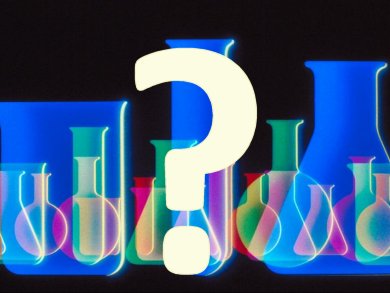This scientist initially studied history at university, intending to have a career in the diplomatic service. A history degree in 1910, was soon followed by a degree in theoretical physics as the person became increasingly interested in mathematics and physics. World War I broke out before this person’s career could get started, and they joined the army and was attached to the wireless telegraphy section for the duration of the war.
After the war ended, this scientist took up research in mathematical physics while keeping the interest in experimental physics that had developed while dealing with the technical problems posed by early wireless communications. This person had a particular interest in the work performed by their brother on X-rays. In the early 1920s, they worked on their thesis, which contained a series of important findings that were not confirmed until the discovery of electron diffraction by crystals in 1927.
After their doctorate, this scientist taught at the Sorbonne University, Paris, France, becoming professor of theoretical physics at the Henri Poincaré Institute in 1928. From 1932, they were also appointed professor of theoretical physics at the Faculté des Sciences at the Sorbonne. This person remained at the Sorbonne until their retirement in 1962.
This person won the Nobel Prize for the theory that now bears their name. This theory has had a profound impact on our understanding of the nature of matter and the physical world at the most fundamental level.
- The answer was published on March 19, 2012
- See more quizzes




